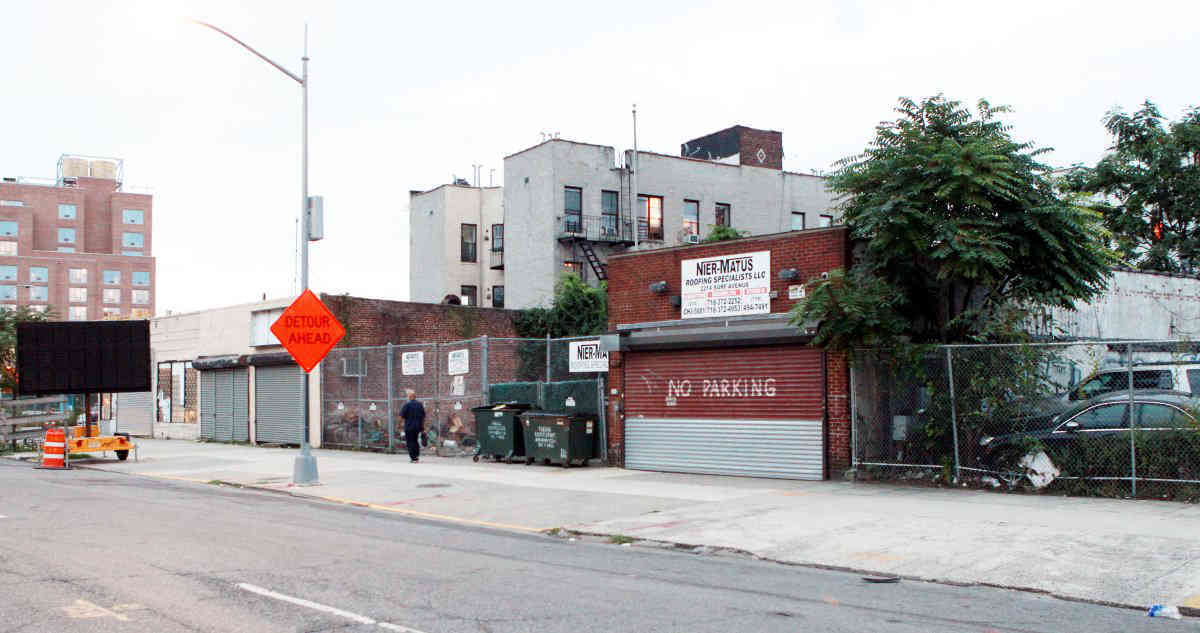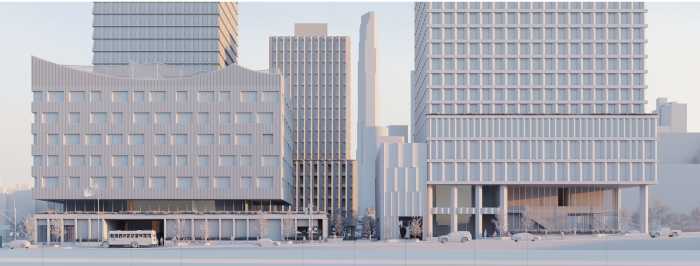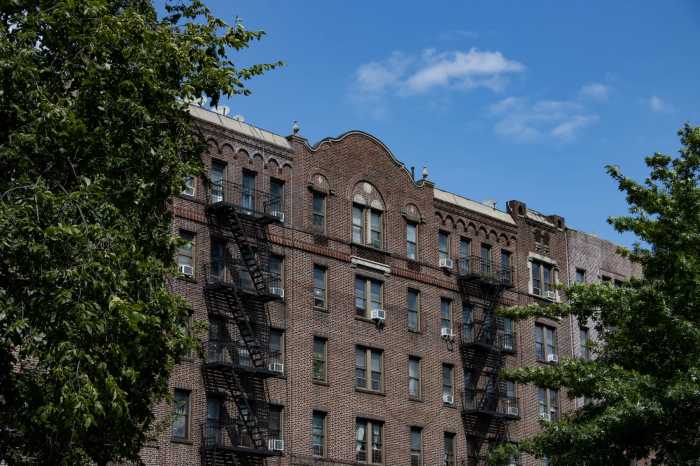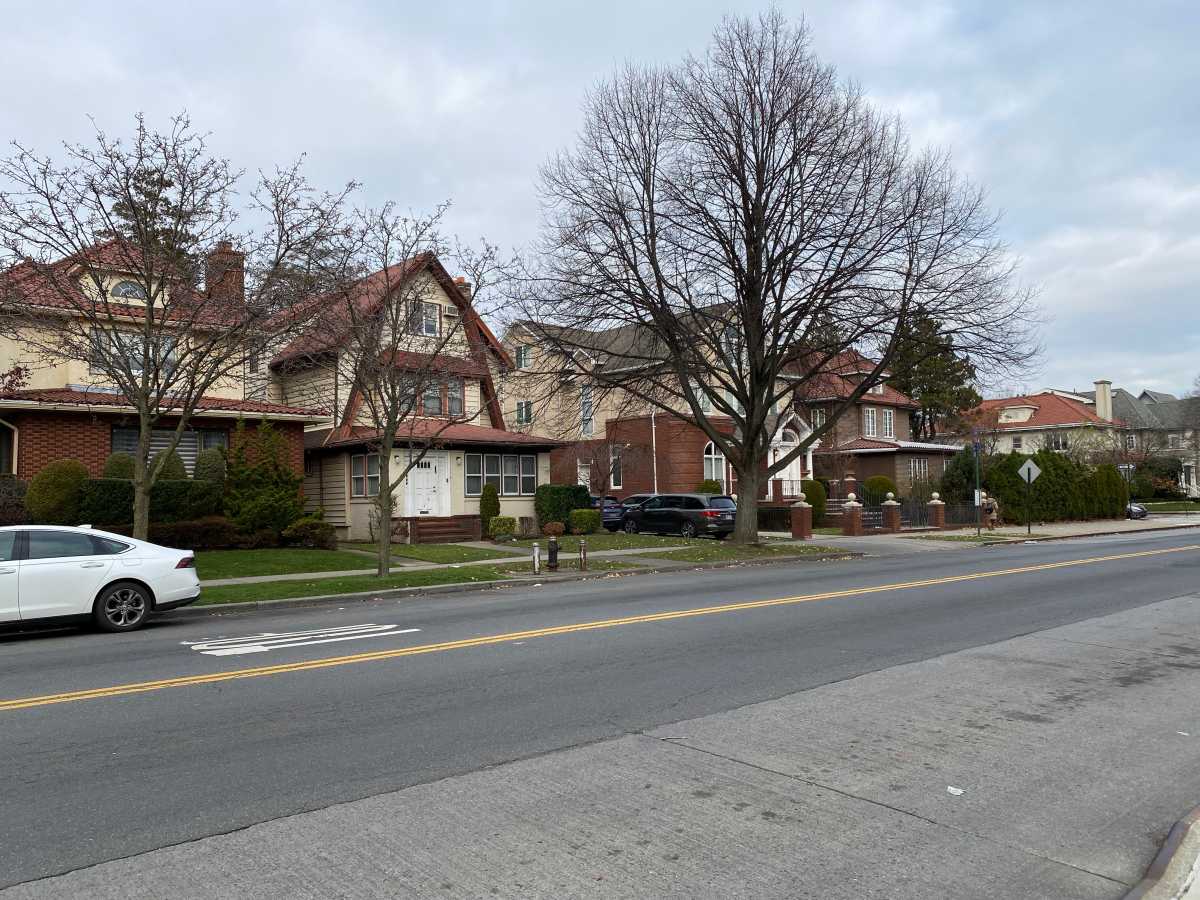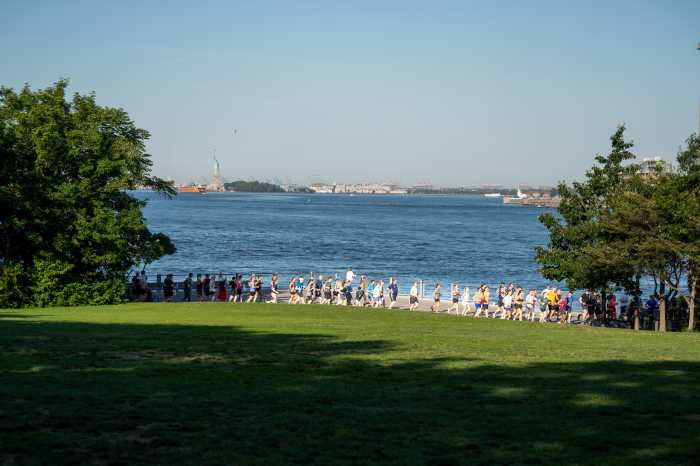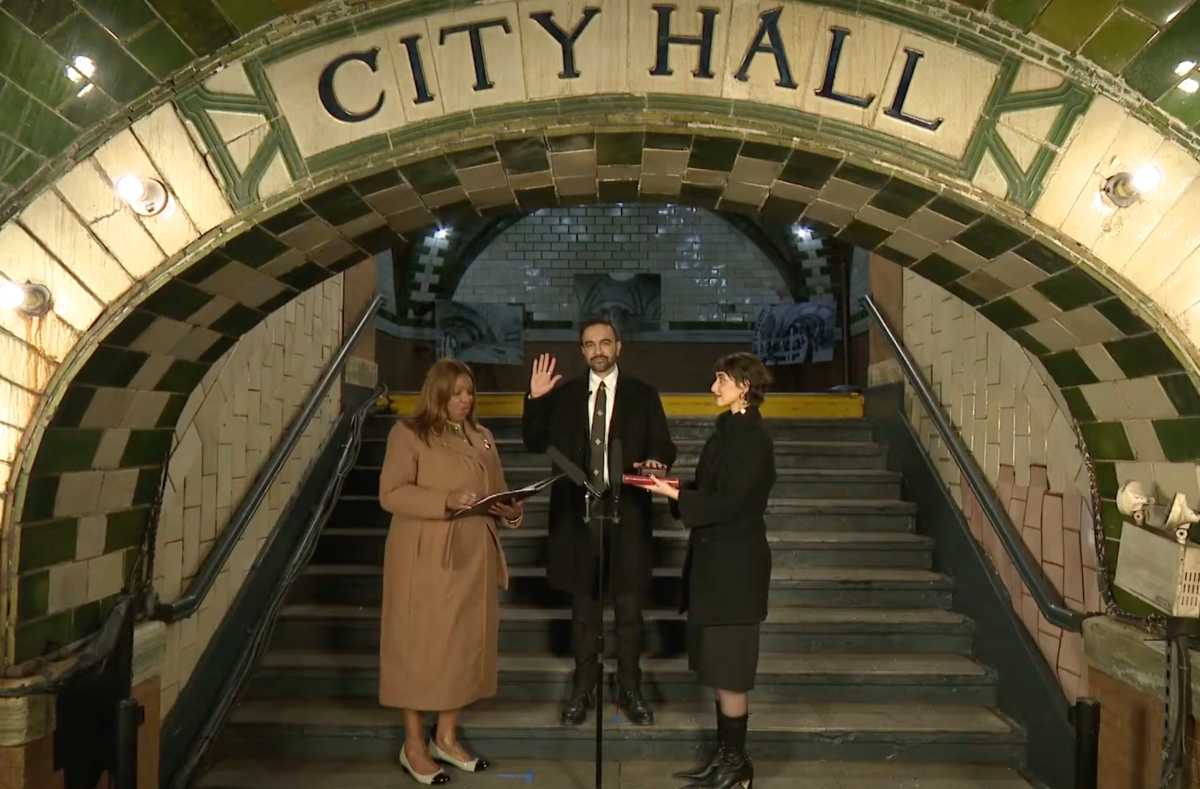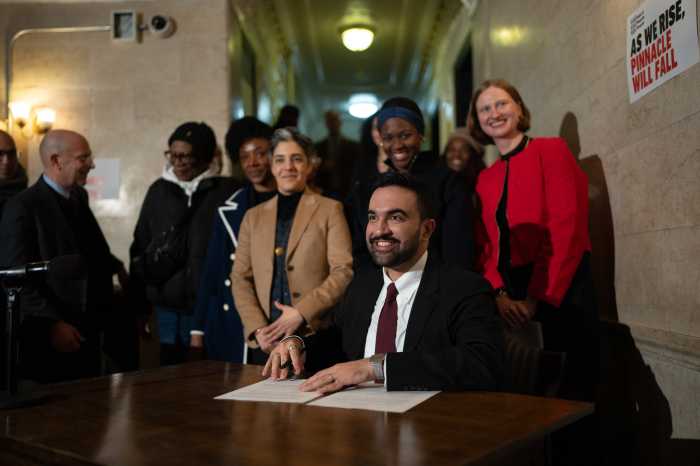It was a vote of nein.
The nine members of Coney Island’s Community Board 13’s land use and zoning and housing committees unanimously voted to reject plans for a Surf Avenue rezoning and development that would displace residents of 34 apartments at an Oct. 4 joint meeting at the board’s Surf Avenue office. The developers — Ronny Winiarski, along with his father, David, and his brother, Nativ, all of Winiarski Entities — lacked a clear plan for where the current tenants would go once demolition began, according to one board member.
“What are you going to do with them if you’re throwing them out of these houses that they’ve been in for so long?” asked Wanda Feliciano. “You’re moving the people out and you don’t know where you’re going to put them.”
The 80-unit development would include the demolition of buildings on four lots that the family currently owns on the block between W. 22nd and 23rd streets, including at 3016 and 3022 W. 22nd St., and 3017 and 3023 W. 23rd St.
The developers are also seeking a zoning change for the lots to match the nearby Special Coney Island District, which was upzoned in 2009 to allow for six-to-10-story buildings, so the plan has to go through the city’s year-long Uniform Land Use Review Procedure, which involves review by the community board, the borough president, the City Planning Commission, and the Council.
That process kicked off with a brief presentation by Winiarski’s attorney, Richard Lobel, at CB13’s full board meeting on Sept. 26, when board members and the board chairwoman demanded more information about the development and asked that they come to the Oct. 4 meeting.
The new building would include a 12-story tower facing W. 22nd Street and a five-story tower facing W. 23rd Street, both of which would be connected by a one-story retail strip, the developers said, adding that the building will feature space for 40 parking spots split between the roof of the commercial strip and the second story of the two towers. Winiarski also said every unit would have a balcony, and rents would be “affordable for a Brooklyn family,” with units starting at around $1,100.
Winiarski stressed that the apartments in the buildings to be demolished are mostly small studios — allegedly 200 or 300 square feet — with few families as current tenants.
“Are there families that live in these buildings? Very, very few,” he said.
But Feliciano said she knows of families who live in the buildings.
“I walk by there all the time and kids play in those lots,” she said.
The developer noted that, by law, he would have to pay a stipend to displaced tenants in the rent-regulated 15 units to assist them with moving costs and future rent payments.
“If they’re rent regulated, that means I would have to give them a stipend so they could afford a similar apartment in a similar area and it’d be required by the demolition application,” Winiarski said.
Winiarski said he didn’t know how much he would have to pay the tenants, but that he would “look into it.” He did not reply to repeated inquiries by press time.
A spokesman for the state Department of Housing and Community Renewal, which oversees rent-regulated housing, said the agency would notify tenants about the possibility of the demolition ahead of time, adding that it would use a standard formula to determine the stipends owed to the tenants by the owner.
When board chairwoman JoAnn Weiss asked if the tenants would be relocated within the community, Winiarski’s attorney, Richard Lobel, didn’t have an answer.
Instead, Lobel pointed out that 10 of the building’s 20 affordable units — which would be mandated by the city’s mandatory inclusionary housing program — would be set aside for residents of Community Board 13. But tenants displaced by the project would not get preferential access to those units — they would have to apply through a lottery like anyone else.
Lobel said the 20 affordable units would be reserved for tenants making 60 percent or lower of the area median income, which would be $43,860 or less for a one-person household, or $62,580 for a family of four, according to the city Department of Housing Preservation and Development. And eight of the 20 units would be earmarked for tenants making 40 percent or lower of the area median income, which would be $29,240 or less for a one-person household, or $41,720 or less for a family of four.
The chief of staff for Councilman Mark Treyger (D–Coney Island) told the developers that the local pol was concerned about the lack of specifics regarding where, when, and how the current tenants would be relocated.
“Relocation plans seem to have gotten less specific since the last time we met, which is very concerning,” said Anna Scaife. “We have really severe concerns.”
The full board will vote on the rezoning at its Oct. 24 meeting.
Community Board 13 general meeting at Education Hall at the New York Aquarium (602 Surf Ave. between West Fifth Street and Shell Road) Oct 24 at 7 pm.


